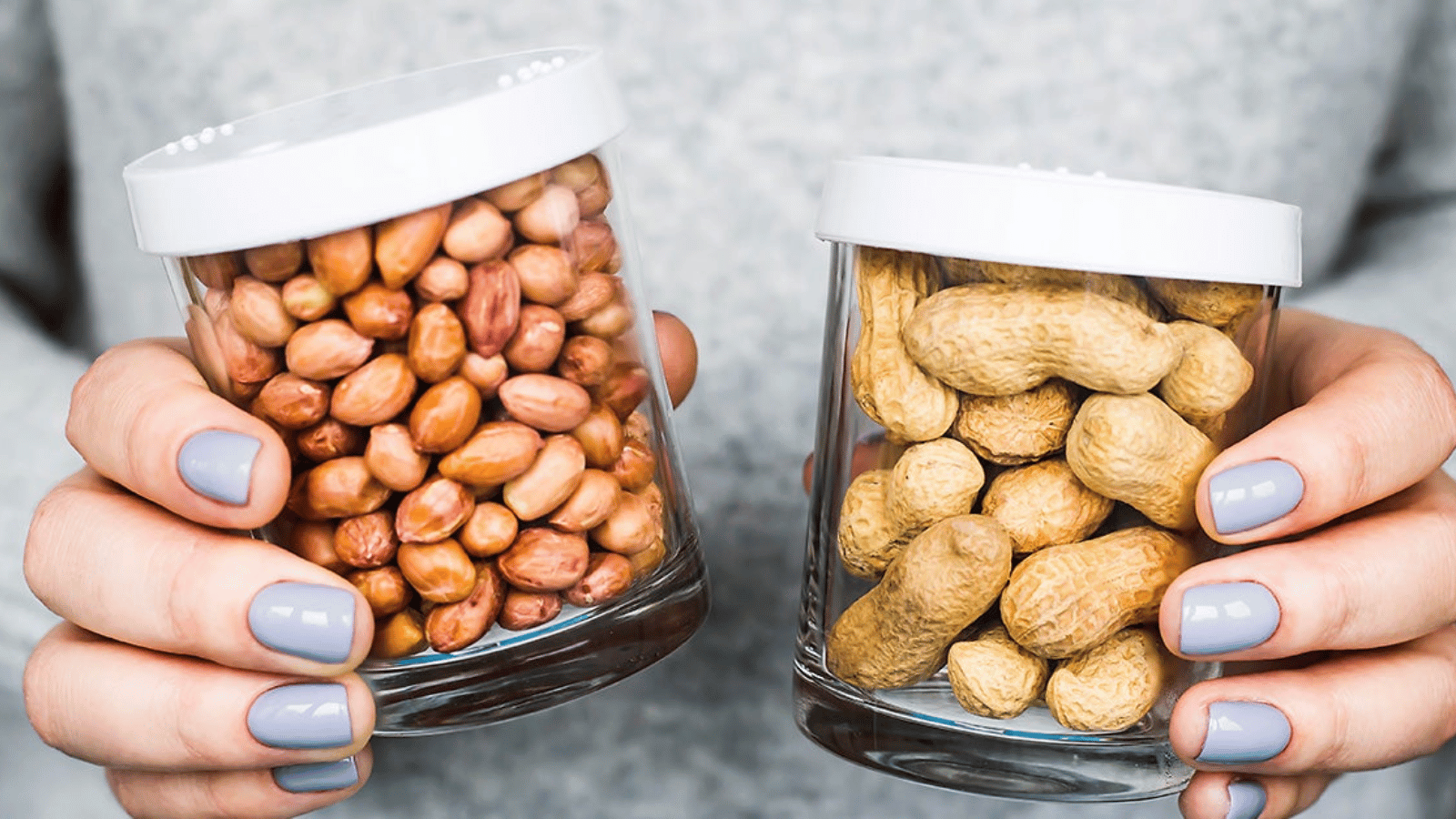21 genius hacks to help you measure and track your food


Weighing and measuring your food doesn't have to be a pain. Say you’re not the kind of person who’d choose to carry a jingling set of measuring cups in your purse. (Who is?!) There are still plenty of ways to make assessing accurate portions easier whether you’re on the go or at home—including shortcuts to bulk up small servings without adding Points values.
To make measuring *much* easier:
1. Use your phone to eyeball protein serving sizes when eating out. One portion of protein such as chicken or fish is about the same size as a standard iPhone.
2. Use your desktop mouse to estimate a serving of starchy veggies. One serving of potatoes or wholegrains like brown rice is about the size of a computer mouse.
3. Use your wireless headphones case to navigate a cheeseboard. Assume that one serving of cheese, nuts, or dried fruit is about that size of the dock where your earbuds are stored or the size of a small matchbox.
4. Divvy up newly purchased snacks into single-serving snack bags before you put them away in your pantry. Tip: Check the package's nutritional information for the total number of servings. You should have that many snack bags when you're done.
5. Stick to the same glass, plate, or bowl. To avoid weighing or measuring favourites like wine every time you pour it, measure it once and mentally mark the correct pour line on the glass. The same trick works for cereals and soups—just stick with your go-to bowl.
6. Stash a measuring cup in your cereal box, then scoop a single serving instead of pouring. Voilà, a perfect portion size!
7. Fill at least half your plate with non-starchy veggies like broccoli, carrot, zucchini spirals, or spinach. This way, you’ll have less room for foods with Point values, meaning you’re more likely to plate a single portion. No scale required!
8. When ordering fish, meat, or poultry at a deli or butcher, note the weight on the package and number of servings there in. This time, when you cook or serve your proteins, you’ll know how many portions you’re working with—meaning tracking will be easy peasy.
To bulk up portions without adding Points:
9. Wash and pre-cut ZeroPoint produce (like cucumbers, carrots, cauliflower, cherry tomatoes) and refrigerate in sealed, air-tight containers for easy access to add to any meal or snack—no measuring or tracking required.
10. Double a portion of rice by mixing it with equal parts cauliflower rice. You’ll get two times the volume without using extra Points.
11. Mix mince meat with equal parts sautéed mushrooms for a bigger burger that doesn’t make a bigger dent in your Points Budget.
12. Ask for double veggies. No matter what you’re ordering—a burrito with sautéed veggies, Chinese chicken and broccoli, or veggie pizza—you’ll increase the amount of food on your plate.
13. Replace half the amount of cream in a sauce or soup recipe with unsweetened canned pumpkin to keep the consistency creamy while halving the Points found in the original ingredient.
14. Use low-fat Greek yoghurt as a base for dips and toppings when the recipe calls for sour cream.
15. Mix snack foods with air-popped popcorn. Because the popcorn contains fewer Points per cup than nuts, dried fruit, pretzels, and chips, every cup of snack mix will cost you fewer Points than the same amount of a single Points-dense ingredient.
To cut back on weighing and measuring while continuing to track accurately:
16. Choose single-serving snacks like chips rather than family-sized packages to side-step measuring altogether.
17. Try veggie spirals made from zucchini, carrots, or pumpkin instead of grain-based noodles.
18. Pack single-serve cheese slices when you’re on the go or at home: Add them to any meal for extra satisfaction, or pair one with a piece of fruit for a midday snack that’s part sweet and part savoury.
19. Enjoy snack-sized ice cream treats to avoid overfilling your ice cream bowl. Bonus: Eating pre-packaged ice creams, ice cream sandwich minis, or ice cream cups at home will help you get used to single serving sizes so you can eyeball proper portions when eating out.
20. Trade chips for sliced capsicum, celery sticks, or cucumber with dip. Sticking with ZeroPoint dippers means the only food you’ll have to measure is the dip—much easier!
21. Swap your food scale for this cheat sheet when eating nuts. A 30 gram single serving equals about 35 shelled peanuts; 50 shelled pistachios; 20 raw or roasted almonds; 10 Brazil nuts, 15 cashew nuts; or 14 walnut halves.
Have no idea how much you ate? Guestimate your portion! Remember, tracking your best guess is better than not tracking at all.
